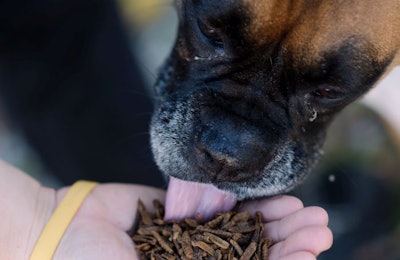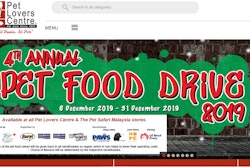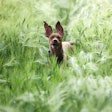
Insect-based pet food formulators may derive different nutrient profiles from a particular species by using insects harvested at different stages of development. Scientists tested the digestibility of black soldier fly larvae at a range of ages and found variations that could make specific ages ideal for either protein or oil production. The Journal of Animal Science published their results.
“A couple key nutritional changes that occur over time, as they develop, are protein and fat concentrations,” study co-author Kelly Swanson, PhD, University of Illinois at Urbana-Champaign animal nutrition professor.
Therefore, insect farmers may choose to harvest at a particular age or larval stage depending on the product they want to sell, whether it be whole larvae, as an oil and fat source, or to produce high- vs. moderate-protein meal, he said.
However, no ideal time to harvest black soldier flies emerged from Swanson’s research. Protein, fat, carbohydrates and other nutrients in the insects’ diets subsequently influence the nutrients they provide as pet food ingredients. Likewise, the environment and housing conditions, such as temperature and humidity, influence the animals’ growth performance and nutrient composition. The mixture of those variables influences black soldier fly larvae’s characteristics as a pet food ingredient. Pet food formulators can use this information to adjust their recipes.
“The nutrient contents will differ based on age, larval stage and diet so formulators must know what ingredient form (oil; protein-rich meal; whole larvae) is desired in the diet and what age/larval stage they need to purchase,” Swanson said. “Both will dictate nutrient composition and likely animal response, including palatability and digestibility, and consequently the inclusion level.”
“Regardless of age/larval stage tested in our study, all black soldier fly larvae were highly digestible,” he said. “Therefore, there should be no concerns in that regard.”
Nutrient digestibility of black soldier fly larvae at different ages
Swanson’s team developed an experiment to test the digestibility of nutrients and amino acids in black soldier fly larvae at six different ages: day of hatch, then at 11, 14, 18, 23 and 29 days after hatching. To test digestibility, the researchers used a technique called the precision-fed cecectomized rooster assay. This surgical procedure, similar to a human appendectomy, turns roosters into an effective, efficient model for dogs’ and cats’ digestive systems.
All ages of black soldier fly larvae had similar dry matter and organic matter digestibility. Fat digestibility tended to be greater for 23 and 29 day old larvae than 14 and 18 day-olds.
While all six ages had high digestibility, the two youngest (hatching and 11 days) had the lowest amino acid digestibility. The scientisits calculated digestible indispensable AA score (DIAAS)-like values to determine protein quality according to Association of American Feed Control Officials nutrient profiles and NRC recommended allowances for dogs and cats. The 18 day-old larvae had the highest, and 11 day-old the lowest, DIAAS-like values for most indispensable AA. Threonine, methionine and tryptophan were often the first-limiting amino acids.
Further research on black soldier fly larvae in pet food
Swanson believes black soldier fly larvae to be a high-quality protein source, but does call for more research, some of which his team is planning. They didn’t test how the style of pet food or processing method would dictate which black soldier fly product would be ideal or at what inclusion level. Pet food style and processing also need to be studied for their influence on palatability and digestibility, as will macronutrient targets.
With that research, formulators and others in the pet food companies will have more information to work with when designing pet diets, Swanson said. Likewise, consumers may have a better idea of what to expect when feeding their pets with diets containing black soldier fly larvae.














